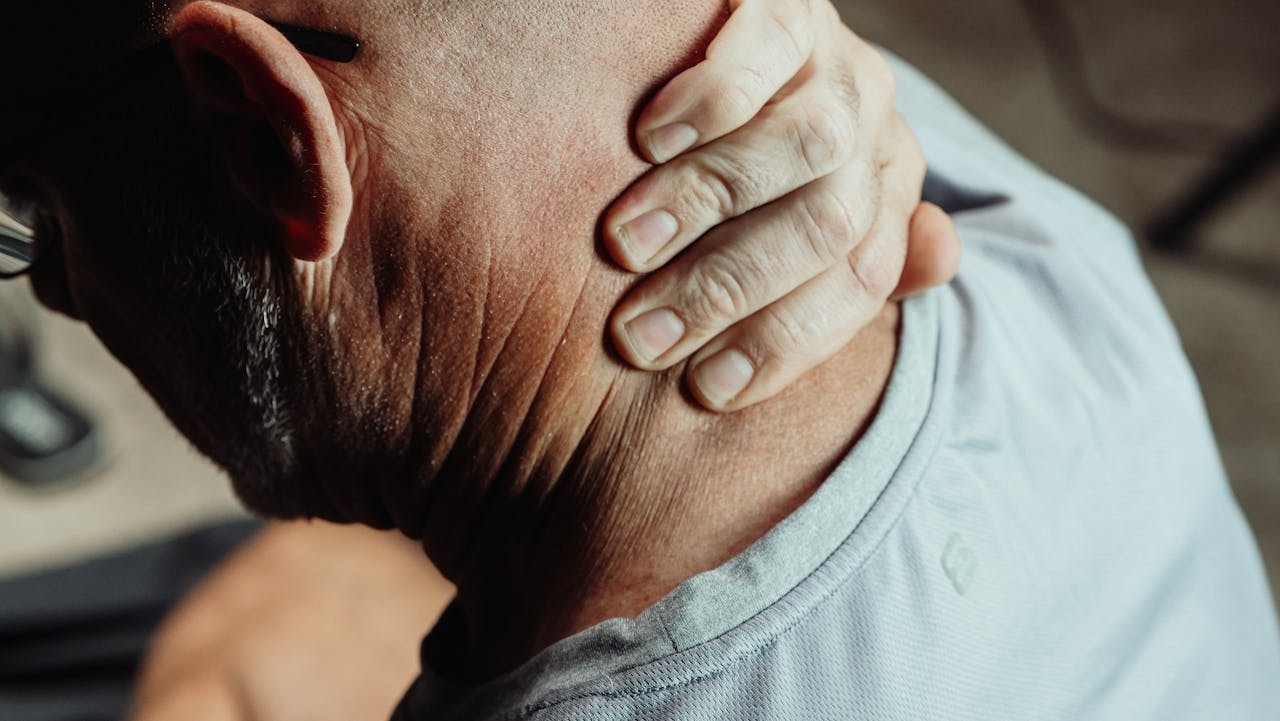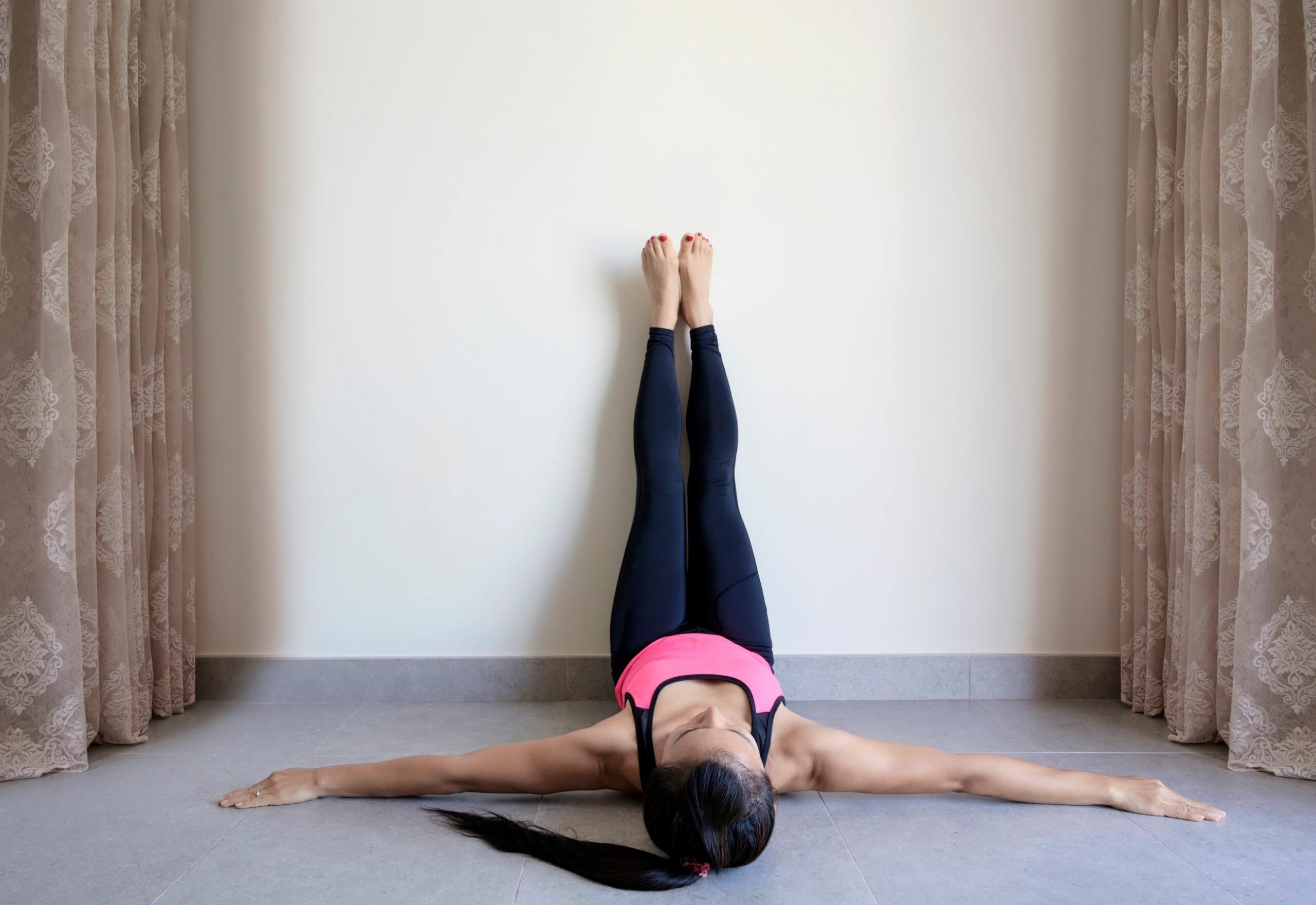Pain doesn’t discriminate. Whether you’re 25 or 65, an office worker or a professional athlete, chronic pain can significantly impact your quality of life. As someone who’s navigated the world of pain management after years of competitive sports, I’ve discovered that natural approaches often provide the most sustainable relief. Today, I’m sharing evidence-based solutions for the three most common pain complaints I hear about: neck pain, back pain, and knee pain.
Neck Pain Relief: Finding Support for Better Alignment
Neck pain has become increasingly prevalent in our device-focused world. The average adult spends about 3-4 hours daily looking down at their phone, creating what experts call “tech neck” – a strain that can lead to chronic discomfort and even nerve damage over time.

The foundation of neck pain relief often starts with proper support during sleep. The best pillow for neck pain is one that maintains your cervical spine’s natural curve. Memory foam contour pillows have transformed my sleep quality, providing firm support while accommodating the natural shape of my neck and head. Look for pillows specifically designed with cervical support – they typically have a depression in the center and raised edges that cradle your head while supporting your neck.
Beyond finding the best pillow for neck pain, incorporating these natural solutions can provide significant relief:
- Gentle neck stretches: Slowly turning your head from side to side and ear-to-shoulder tilts can release tension. For deeper relief, consider seeing a chiropractor or using a heated neck massager
- Improved ergonomics: Position screens at eye level to avoid looking down
- CBD muscle balm: CBD muscle balms can be massaged into tense areas

Lower Back Pain: Movement as Medicine
Lower back pain affects approximately 80% of adults at some point in their lives. While our instinct might be to rest, research increasingly shows that movement is often the best medicine for back discomfort.
Wall Pilates and lower back stretches have been game-changers in my pain management routine. The child’s pose from yoga gently elongates the spine while releasing tension in the lower back. Another effective stretch is the knee-to-chest pose – while lying on your back, bringing one or both knees toward your chest can decompress the lower spine and provide immediate relief.

Here are some effective lower back stretches for pain relief:
- Cat-cow stretch: On hands and knees, alternate between arching and rounding your back
- Pelvic tilts: Lying on your back with knees bent, gently tilt your pelvis up and down
- Seated spinal twist: While seated, gently twist your torso to each side
- Standing forward bend (forward fold in yoga): Hinging at the hips, allowing your upper body to hang forward

Consistency is key when it comes to back pain relief. Incorporating just 5-10 minutes of these stretches into your daily routine can significantly reduce discomfort over time.
Knee Pain: Building Strength for Stability
As a former athlete, knee pain has been my most persistent challenge. The knee joint bears up to six times your body weight during certain activities, making it particularly vulnerable to injury and wear.
I’ve found that strengthening the muscles surrounding the knee provides substantial support and pain relief. Simple exercises like straight leg raises, wall squats, and hamstring curls have helped stabilize my knee joint and reduce discomfort. For acute pain, the RICE method (Rest, Ice, Compression, Elevation) remains effective.
Personally, I’ve become an advocate for CBD products to help manage my knee pain. As a natural anti-inflammatory, CBD has provided relief without the side effects of traditional pain medications. Whether as a topical cream applied directly to the knee or as an oil taken sublingually, this plant-based remedy has been an essential part of my pain management toolkit.

The Natural Advantage: Why I Choose Holistic Relief
While conventional pain medications certainly have their place, natural remedies offer several compelling advantages. They typically work with your body’s own healing mechanisms rather than simply masking symptoms. Additionally, they often come without the side effects and dependency risks associated with pharmaceutical options.
Natural approaches also tend to address the root causes of pain rather than just the symptoms. Strengthening exercises target muscular imbalances that contribute to joint pain, while proper ergonomics and supportive pillows help correct the alignment issues that cause neck discomfort.
The holistic nature of natural pain relief—incorporating physical, nutritional, and lifestyle elements—creates a sustainable approach to pain management that serves us well as we age.

Finding Your Personal Pain Relief Strategy
Pain relief isn’t one-size-fits-all. The most effective approach combines various strategies tailored to your specific needs. Start with the natural remedies discussed here, but don’t hesitate to consult healthcare professionals for persistent or severe pain.
Remember that consistency matters more than intensity. Small, daily actions to support your body’s alignment and strength will yield better results than occasional intensive treatments. By incorporating these natural approaches into your daily routine, you’re not just managing pain—you’re building a foundation for long-term physical wellness.
What natural pain relief strategies have worked for you? I’d love to hear your experiences in the comments below!
This article contains affiliate links. As an Amazon Associate, I earn from qualifying purchases.








